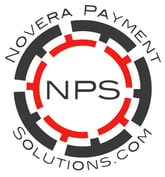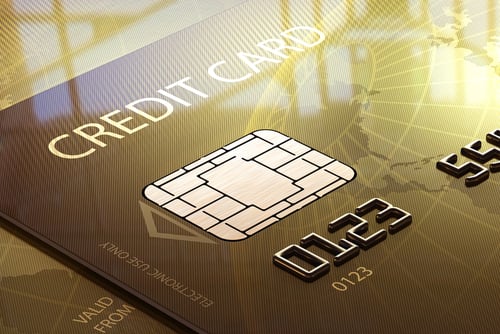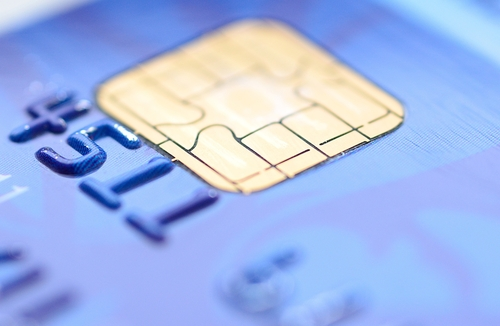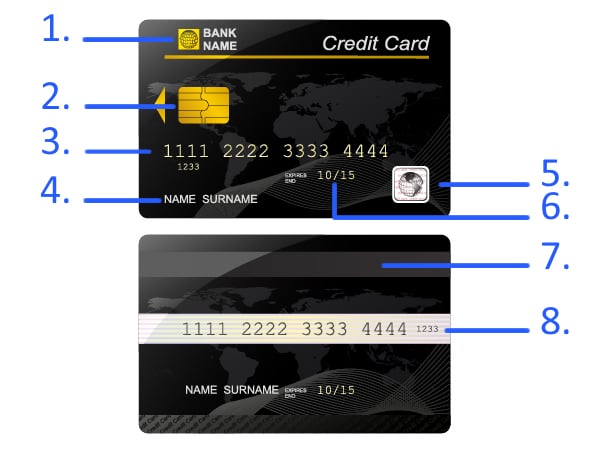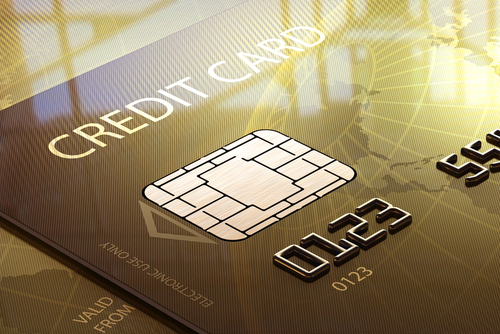With the liability shift quickly approaching in October of 2015, it is a good idea for merchants to have the EMV security measure in place. While compliance is not mandatory for merchants, those who don’t upgrade to EMV-compliant terminals face a liability shift for fraudulent transactions. Integrated payment solutions that combine software with the latest payment processing systems (including EMV capabilities) are the best choice for merchants.
As an ISV, Novera's WorldPay Link Gateway provides the opportunity for you to easily integrate EMV-compliant payments into mobile, P.O.S., and even QuickBooks® processing solutions, it can even utilize multiple processor platforms. This new gateway makes it easy for merchants to accept payments anywhere they do business.
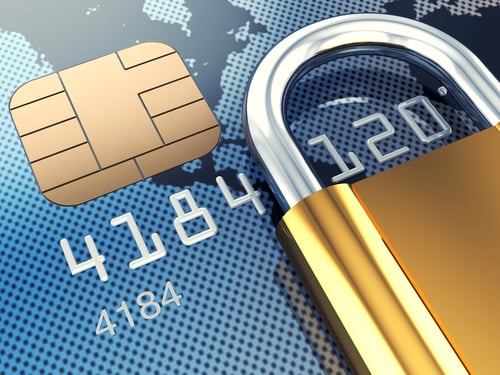
For ISV's the benefits are many, including:
- Customized Merchant Boarding
- Dedicated ISV Team
- Flexible Merchant Pricing
- Revenue Sharing
- No Risk
- Reporting Portal
- Branded Referral Portal
- Complete Marketing Support
- Increased User Adoption
- World Class platform
- 24 X 7 US Based Support
Our robust API includes:
- Oracle Database with 99.999% Uptime
- Debit, Credit, Check, ACH
- Gift & Loyalty
- Retail Finance Cards
- Auth.net emulation
- QuickBooks® Integration
- Processor Neutral
With the WorldPay Link Gateway API, you can :
- Accept All Payment Types
Allow merchants to accept payments how and when they want including online, point of sale (POS), mail order/telephone order (MOTO) and mobile credit card payments. - Real-time and Batch
Flexibility to process transactions in real-time or batch processing for efficiency. - Stored Profile (Tokenization)
Limit the risk associated with storing sensitive credit card data by using the tokenization and stored profiles. - Recurring Billing
A robust yet easy to use recurring billing system that can be configured to suit the needs of businesses for membership dues or subscriptions fees. - WebPay
Hosted payment solution that offers complete control over payment processing and customer experience without the costs and burden of security compliance for hosted transactions. - Fraud and Risk Management (FRISK)
A customizable fraud and risk management system that maximizes sales and minimizes risk. - Instant Accept
Payment integration plug-in for QuickBooks® POS to help expand the payment types merchants can accept, process and automatically record them within QuickBooks®. - Electronic Check
This Feature Gives merchants flexibility to accept checks through online ACH, check conversion or check 21 and process them using the same gateway process they use for all of other electronic payments. - Shopping Carts
Offer the ability to integrate into a vast array of shopping carts including Volusion, X-Cart, and OS Commerce
Enjoy Peace of Mind with the EMV Transition
The Novera Payment Solutions team understands that protecting your business and your customers is very important. You will be provided the tools and support you need to help simplify your PCI obligations and EMV integration to reduce the risk of fraud.
Our customers span local retailers, restaurants and corner stores to dentists, plumbers and eCommerce merchants—and every one of them can rely on the 24/7 live, US-based support staff who are highly trained to answer questions and resolve any issues that may arise.
A Company You Can Trust
Novera Payment Solutions, LLC (Novera) based in Atlanta is a registered Member Service Provider (MSP) of WorldPay. and a registered Independent Sales Organization (ISO) with Visa & MasterCard. WorldPay acquires transactions coast to coast and around the globe ranging from brand name companies you already know to independent businesses in your own community. Point of sale authorization through settlement of funds, WorldPay provides the highest standard of payment processing to businesses ...businesses just like yours. WorldPay also offers seamless support and integration with industry-leading point-of-sale platforms and middleware providers, and it works with POS providers to certify new systems to their network on a ongoing basis.
